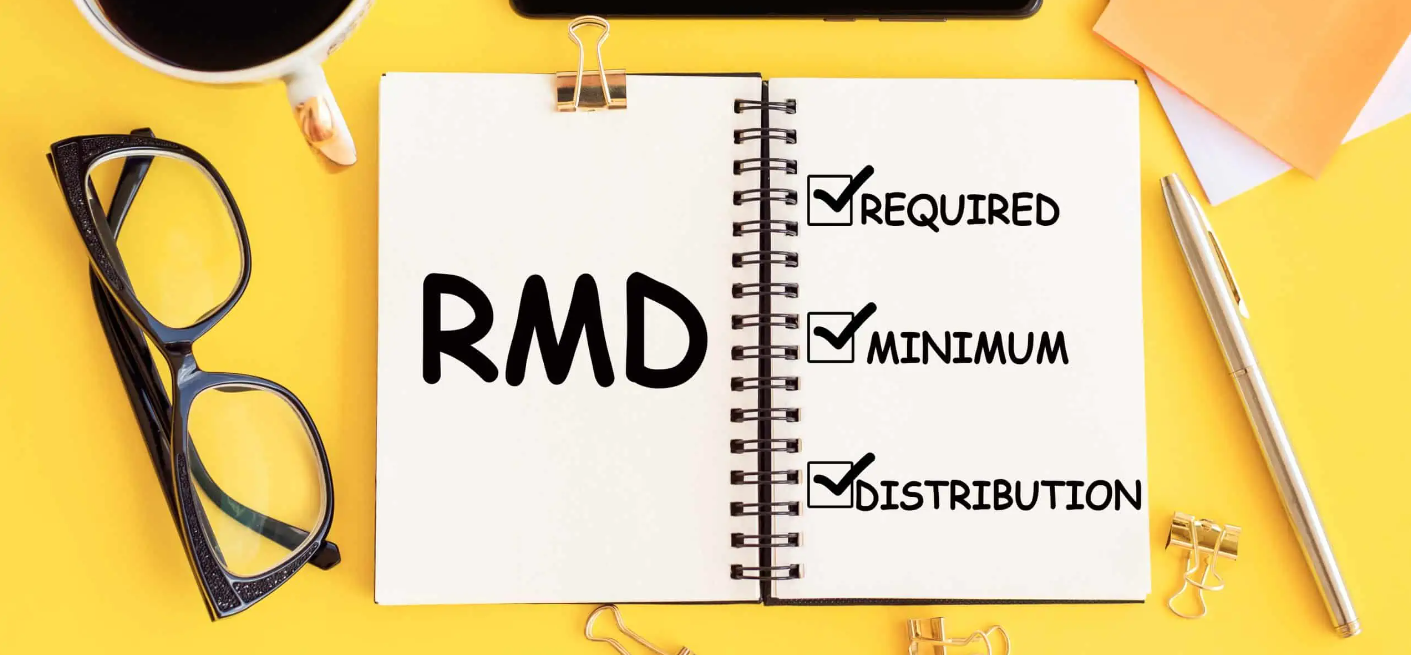If you inherit an IRA, especially a large one, you may be afraid of being stuck with the five-year distribution rule. If this rule applies, you must empty the IRA in five years, resulting in a severe tax hit.
When Does the Five-Year Rule Apply?
If an estate is a beneficiary, there is no particular designated beneficiary. The five-year distribution rule can apply if you inherit IRA funds through an estate as opposed to being named directly on the beneficiary designation form. Additionally, if the IRA owner dies before the required beginning date with the estate as beneficiary, the tax rules state that you will be bound to the five-year rule. If the IRA owner dies on or after their required beginning date, you can take distributions over the remaining life expectancy of the deceased IRA owner. Here is where the rules can be tricky. Because RMDs do not apply to Roth IRAs during the original owner’s lifetime, Roth IRA owners are assumed to have died before their required beginning date. That means you will face the five-year rule whenever you inherit a Roth IRA through an estate.
Example: Joseph, age 82, dies in 2022. His Roth IRA beneficiary is his estate, and his daughter Missy is a beneficiary of the estate. If Missy was on the beneficiary form, she could have had ten years to empty the inherited IRA. Instead, Missy now has five years to drain the inherited Roth IRA.
When Does the Rule Not Apply?
Under the tax rules, if you are named as the beneficiary on the IRA beneficiary designation form, you will not be subject to the five-year rule. Instead, you will most likely be looking at a 10-year payout under the SECURE Act. If you qualify as an eligible designated beneficiary, you can even stretch payments from the inherited IRA over your life expectancy. Eligible designated beneficiaries include spouses, disabled and chronically ill individuals, minor children of the IRA owner (under age 21), and individuals no more than 10 years younger than the deceased IRA owner.
Professional Advice
It is critical to note that while most IRA documents do not limit the options to a beneficiary that are otherwise available under tax law, a few do. Your inherited IRA might include language restricting you to the five-year rule. In these cases, your IRA document, not the tax rules, will leave you stuck with the five-year rule. The rules can be complex. When you inherit an IRA, seek advice from a knowledgeable tax advisor to minimize risk and unnecessary taxes penalties.
By Sarah Brenner, JD
Director of Retirement Education











